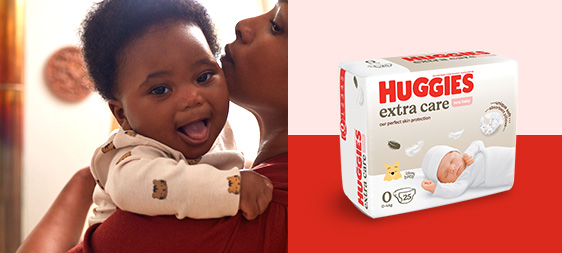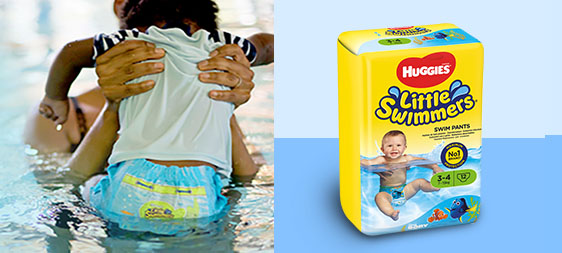It is important that all family members play a role in the running of the household. Parents should not be responsible for every aspect of the cleaning and organisation of the household. It is helpful to involve your little ones in the process as soon as they are able to contribute, even if it is in a very small way.
Creating a chores chart is beneficial in two ways. Firstly, it means that family members do not take it for granted that everything is being done for them. This can create a lack of responsibility on their part and resentment on yours. Secondly, it will help reduce the workload on you and your partner and foster a sense of achievement that your children have been able to contribute to the running of the household as well.
Small children will need you to be involved with their chore completion. It is vital that you are encouraging and supportive of their efforts even if their progress is minimal. If possible, make it a fun and engaging process and reward them with ticks or stars on the chore chart to support their efforts.
Steps for creating a family chores chart
Talk with your partner
This is vital because you need to have shared expectations of each other’s role at home. Occasionally you will need to recognise that your partner may not prioritise the chores the same way you do, or carry them out the way that you would. It is important to discuss these concerns and expectations before you draw up the chores chart.
Work out what your little one can do
While your toddler may be keen to be involved in “helping” you round the house with chores, this doesn’t always translate to actual help! It’s helpful to encourage them to be involved but avoid overloading them at this early stage.
Age | Involvement | Suggested Chores |
1-2 years | Much of your little one’s involvement in chores is simply through play at this stage. Don’t expect consistency; just remember to be encouraging and supportive of their efforts to help. | Pick up toys and place in open tubs or containers. |
2-3 years | Your little one will still need lots of supervision at this age about what chores they can do and how to carry them out. It’s a good time to start up a star chart to give them a visual encouragement for their help with chores around the house. | Put pajamas under pillow, make bed, pack away their toys into allocated tubs or shelves, place clothes in the laundry basket, help wipe down the table after mealtime. |
3-4 years | This is an age where your child will want to do things for themselves without your assistance. The key is to be patient and supportive without overriding their efforts. | Get dressed, clear plate from the table, pack and unpack day-care or kindergarten bag, put folded laundry away in their room in the allocated space for it, brush teeth. |
Map out the chores
Draw up a list of all the chores that need carrying out. You may need to have a separate chart with chores that need to be carried out daily such as getting dressed, and have another one for weekly chores such as sweeping up the leaves outside.
Allocate family members to those chores by their first name. Make sure that you have an even distribution of chores. It’s also sensible to remember that with very small children you are going to have to supervise them closely anyway.
Draw up a chores chart. You can encourage your little one to start ticking off the completion of their chores at a very young age. If they are not at reading age yet then use a chore chart that has visual images which will clearly signpost to them what they are expected to do.
Follow it up
It is important to place the chores chart in a high traffic area that is easily accessible for all family members, so the fridge is usually an excellent place to put it. Make sure there is a pen nearby so people can tick off when they have completed their chores.
Make sure to be consistent with it and follow up with family members who haven’t done their allocated tasks. It can be along the lines of: “I need to give you a tick for putting your clothes in the laundry basket, can you do that please?” That way you are encouraging them rather than focusing on the negative.
Keep tabs on the process for a few weeks. A family chores chart can be very successful if you create one that is realistic in its expectations.




























